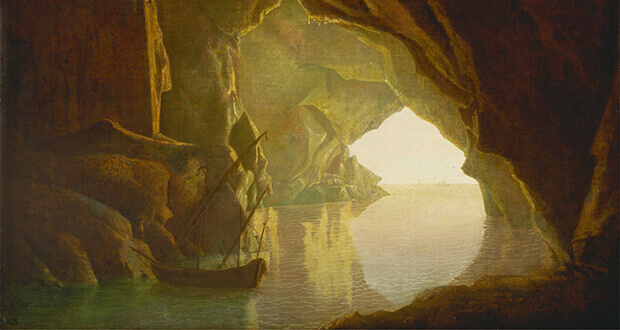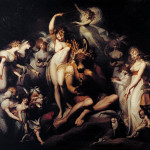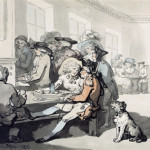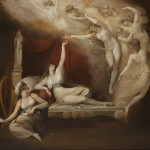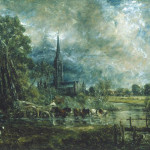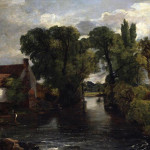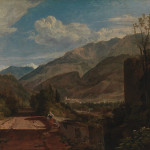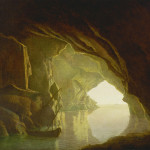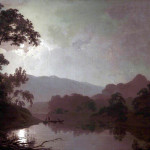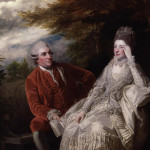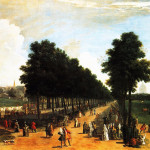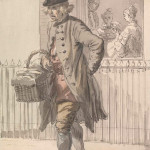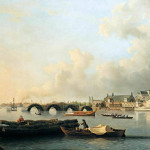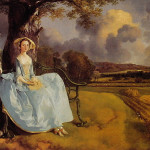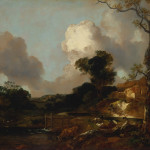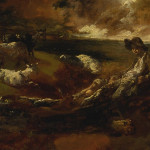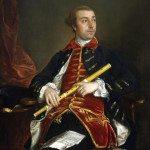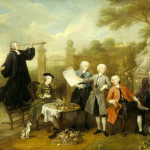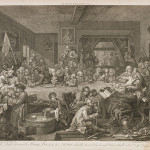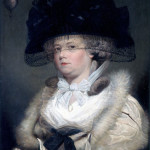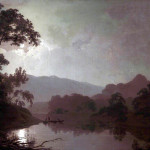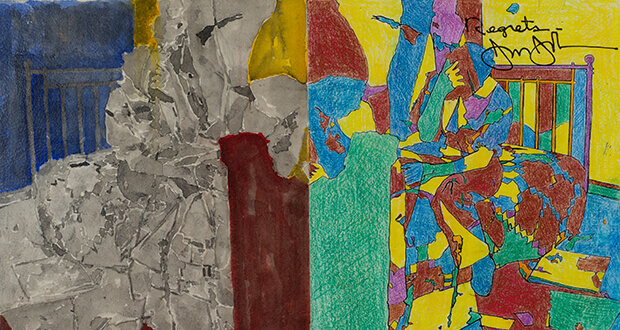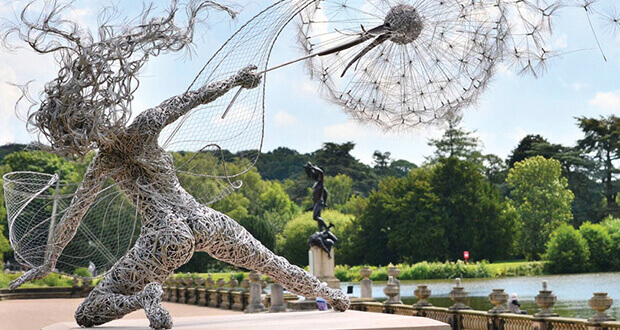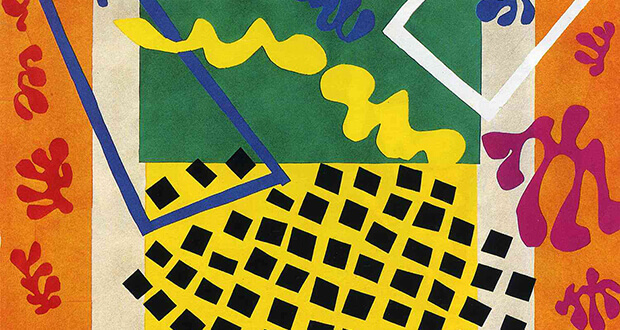Sciarra Palace – Museo Fondazione of Rome
From 15th of April until 20th of July 2014
One hundred works are displayed in the exhibition Hogarth, Reynolds, Turner. English paintings towards modernity , organized by Carolina Brook and Valter Curzi; the paintings come from the American collection of Yale Centre for British Art and also from some of the most important art institutions like British Museum, Tate Britain Gallery, Victoria Albert Museum, Royal Academy, National Portrait Gallery, Museum of London and the Uffizi Gallery. The art exhibition wants to show the artistic and social growth of Great Britain ,the superpower nation of the XVIII Century that merged political power and social and economic evolution in order to create an English cultural force of paintings language, source of inspiration for all the European continent.
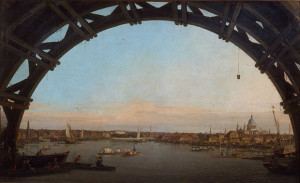
The 1700s Century London was the vibrant heart of the Empire thanks also to a population increase of about 700.000 inhabitants. The first section of the exhibition is focused on this period containing works of artists like Scott, Marlow, Sandby and the Venetian master Canaletto. Their poetic landscapes show cities in evolution, a panorama that will become the image of the modern metropolis.
The second section is dedicated to New World, where the social and cultural worlds of the upper and middle class seem more and more similar. The artists can count on a new class of patrons interested to promote painters and works that show their new social status. Notable are the works of Zoffany, Hodges, Wright of Derby. Pictures of emerging industrial landscapes, scientists, explorers side by side with musicians, actors and sportsmen, new favorites by the new audience more interested in the social life. The themes are the arts and sports passion as well the consecration of the industrial and science growth.
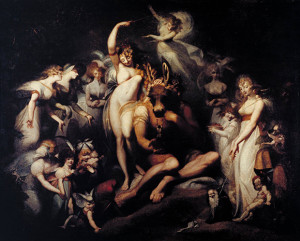
Towards a National Iconography is the third section of the exhibition where the social and political contest are deeply examined, like in Hogart etchings. At the time the relevant presence of Theatre spread in all social classes and so did the theatrical paintings, one of the most representative of the English art. Starting with Hogart, this theme also was extended in Füssli’s works, the one that became the Painter of Shakespearean theatre. Both artists contributed to establish and promote the English art in the world.
In the fourth sections, The Heroic Age of Portraits, are shown works by Gainsborough, Reynolds, Ramsay and Zoffany. A collection of elegant noblewomen, generals and families. The Protestantism rejected all the religious paintings and thanks to this the portraits tendency became really popular in Great Britain.
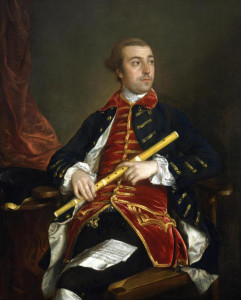
The fifth section is about the watercolor technique and it’s called View on the sport, shows tasty panoramas from England and Italy during the sunrise or sunset. The English artists loved Italian and Dutch landscapes since 1600s and trough their panoramas paintings reflect political aspirations and public committees, drawing castles, country houses and estates.
In the sixth part of the exhibition, Variations on Landscapes, where examined wide oil paintings of the most popular artists in this field. For Example we can find Richard Wilson works, first British exponent of the landscape art that get passionate with the nature views during his training years spent in Italy. He created his own artistic style to depict in the best and emotional ways the climate and naturalist distinctive traits of Great Britain. The tributes of the Italian panoramas are shown in the Cave in Gulf of Salerno of Wright of Derby, superb painter of lights effects of moonlight. Notable is also his painting Snowdon during the moonlight.
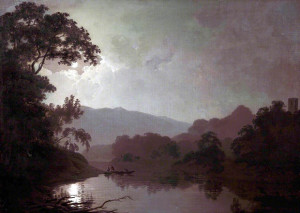
The closing section is dedicated to the painters Constable and Turner, the best known landscapes artists, that mixed the figurative tradition of the 1700s with their innovative art experimentations, creating the bases for the Modern Age.

